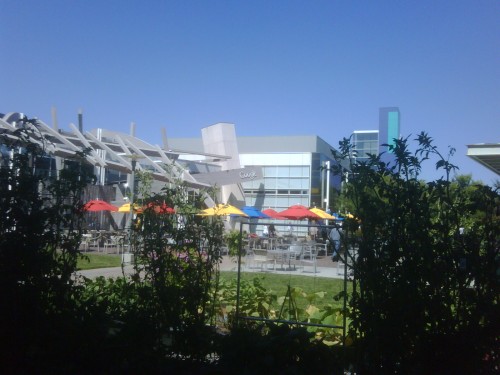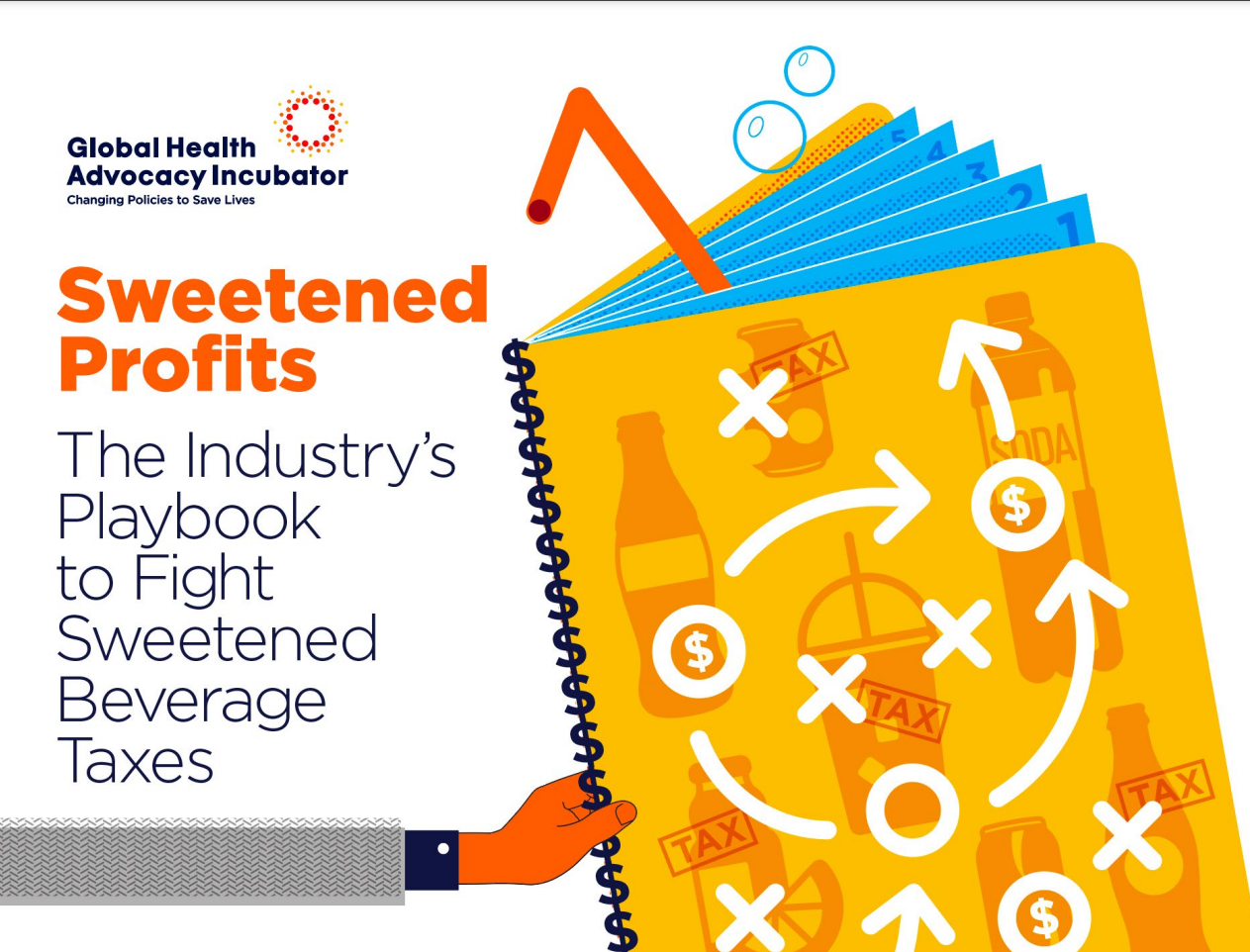Survey result: low-income families want to eat healthfully too
I was invited yesterday to a press event to announce the results of a survey conducted by Share Our Strength’s Cooking Matters program. The program and the survey, It’s Dinnertime: A Report on Low-Income Families’ Efforts to Plan, Shop for and Cook Healthy Meals, are sponsored by the ConAgra Foods Foundation.
I went because I was interested in the survey and also because I admire the work of chef Sara Moulton who, among many other things, works with Share Our Strength on this program.
Cooking Matters is part of Share Our Strength’s No Kid Hungry Campaign. Its goal is to help low-income families increase access to public food resources (food assistance benefits, farmers’ market coupons) and produce healthy meals at low cost. It does this through a 6-week course that teaches shopping strategies, meal planning, and cooking.
The research produced some important findings, perhaps obvious:
- 8 out of 10 low-income families cook at home at least 5 times per week, more if they are poorer.
- 85% of low-income families consider eating healthy meals to be important and realistic.
- Low-income families struggle to put healthy meals on the table: food costs and preparation time are big barriers.
- Low-income families are eager for cooking and budgeting tips and tools.
Where does ConAgra fit in?
ConAgra owns countless food product brands that pack the center aisles of supermarkets.
Working under the premise that it takes more than food to fight hunger, the ConAgra Foods Foundation, a national sponsor of Cooking Matters, funded It’s Dinnertime as part of its ongoing strategy to find sustainable solutions to help surround kids with the nourishment they need to flourish.
The ConAgra Foods Foundation is funded solely by ConAgra Foods. One of the study’s conclusions is very much in ConAgra’s interest.
A better understanding of the health benefits of frozen and canned fruits and vegetables could also put more healthy options in reach for low-income families: While 81 percent of low-income parents rated fresh produce as extremely healthy, that rating drops down to 32 percent when it comes to frozen fruits and vegetables and 12 percent with canned fruits and vegetables.
The program works to improve the image of frozen and canned fruits and vegetables among low-income families.
Ordinarily, food industry-sponsored programs make me squirm. This one makes me squirm less than most even though Sara Moulton was cooking with at least one ConAgra product: Wesson Oil.
But the program worked with 18,000 families last year and its goals make sense.
Canned and frozen fruits and vegetables really do retain much of the nutritional value of fresh produce unless they are loaded with salt and sugars. Sara was cooking with low-salt products and the dishes she made were easy, inexpensive, nutritious, and quite delicious.
I’m impressed with how this program teaches families to fend for themselves in today’s tough environment.
Now, if ConAgra would just get busy promoting policies to improve access to healthy foods for everyone….








